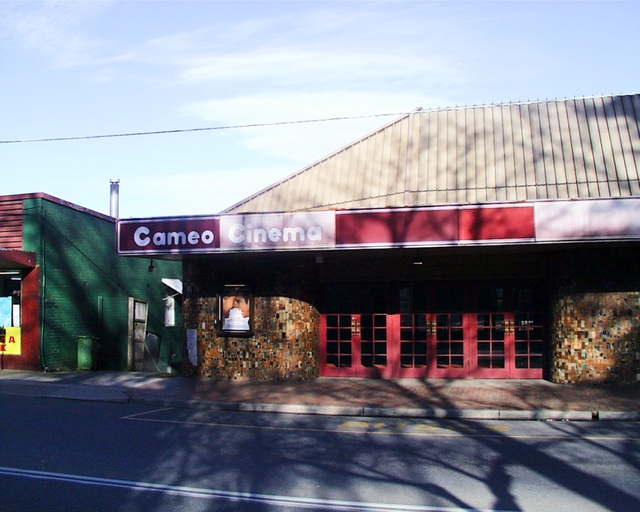The late Jack Johnson was the author of When The Clock Strikes, a fascinating account of growing up in Dandenong, his years tending to the city’s pipes and drains as a plumber and bringing up a family with wife Frances in their beloved home in Macpherson Street.
St Mary’s Catholic Church complex stood on the Foster Street end of the block of land known as Church Hill in Langhorne Street.
Opened in 1866, the church was the first building on this land.
It stood parallel to Foster Street, was built of stone and looked like half a church waiting to be finished.
The second Catholic Church was built on the same site and opened in 1892.
This was the church of our early childhood and the church where our sister, Jinnie, as well as Frances and I, would be married.
The Kid married in the present church, which was built on the site of the tennis court and opened in 1959.
Nipper would be married at St John the Baptist at Ferntree Gully as his wife, Carmel, lived on acres at the end of George Street in Scoresby.
At that time there were only about three houses in the George Street area and not many more in the whole of Scoresby.
I remember going to a dance with Nipper when he first knew Carmel.
It was in the old hall on Ferntree Gully Road and completely surrounded by paddocks.
In those days, in the Catholic church I think we had to marry in the parish of the bride.
St Mary’s of Dandenong must have been one of the most impressive Catholic Church complexes of that time.
Our church was bigger and more imposing than the first one had been.
The complex included the elegant old presbytery of 1885, the handmade brick stables and loft, the renewed tennis courts and new pavilion, built in 1934, and the man’s quarters all set in exquisite surrounds.
The gothic church, complete with supporting buttresses, was built of handmade bricks on massive granite block foundations.
The fancy patterned imported slate roof was contrasted against terracotta capping.
It had shaped and rendered parapet type gables.
Topping the peak of each gable were stone or masonry crosses.
There was one at each end of the main roof, one on the end of the lower sanctuary roof and one on the gable of the sacristy, which jutted out towards the rose garden and the presbytery.
The gables over the porticos of the front and side doors were topped with smaller crosses.
I remember as kids we were intrigued by the tall lighting rod conductor which came down from the high front gable of the church.
To emphasize the main entrance of the church onto Langhorne Street, there was an arched and recessed gateway set into a picket fence.
From the gate a pathway, bordered on either side by rows of standard roses, led up and around a circular garden bed to the front doors of the church.
Within the circular garden was a small golden cypress surrounded by flowers.
Several decades later when Frances and I were married that tree was huge, and in the morning sunlight of late November I remember its dew drops had transformed it into a jewelled Christmas tree standing at the base of the bluestone steps of St Mary’s: a magical sight.
Dandenong’s Catholic Church on the hill

Digital Editions
-

Discover the best of Australian summer wines
As the Australian summer heats up, wine lovers are gearing up to sip on refreshing wines that complement the sun-soaked days. Australia’s diverse wine regions,…





